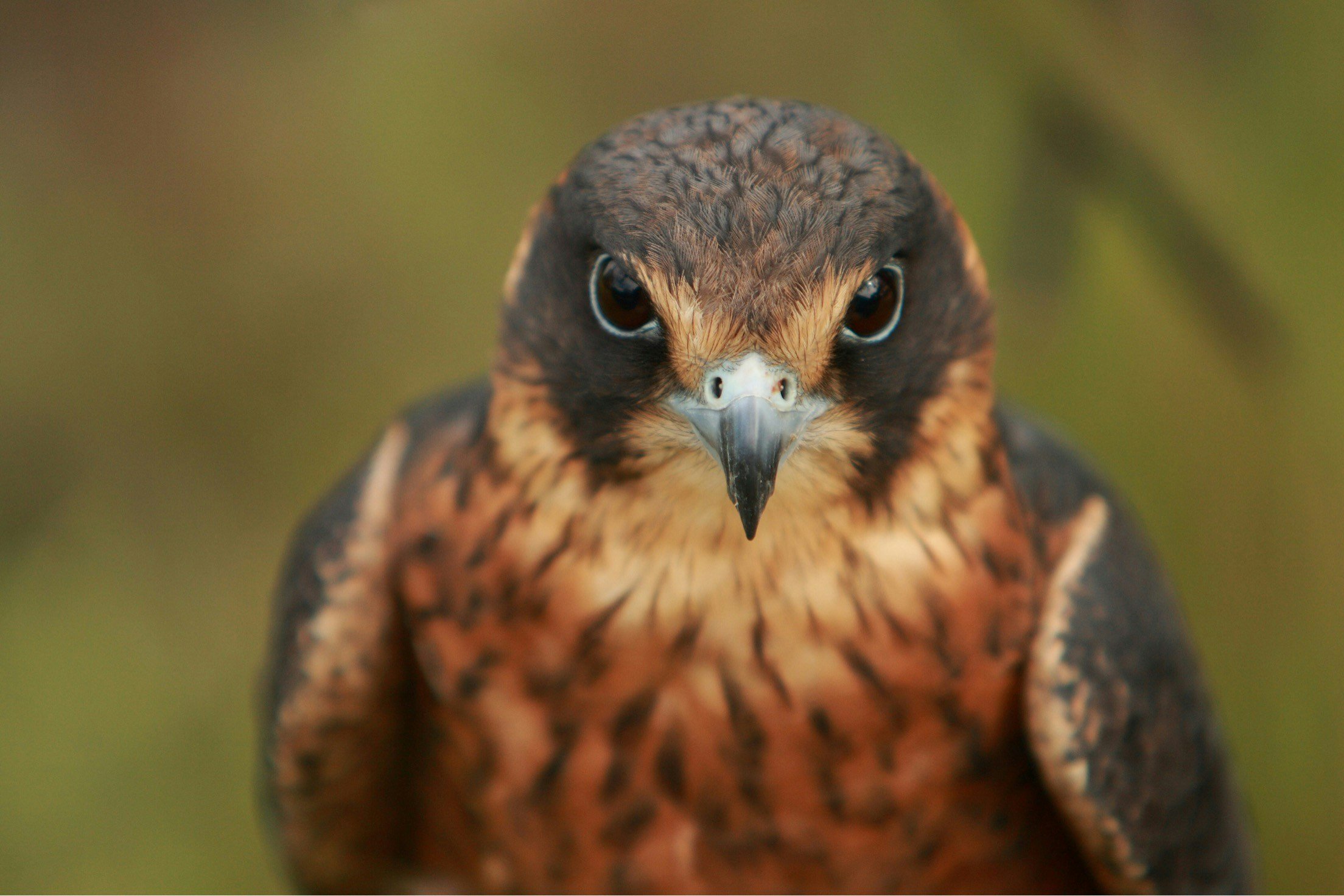
Coeur d’Alene Audubon has been dedicated to protecting birds since 1990.
Featured Conservation Project
Featured Conservation Project
Audubon Adventures
Coeur d'Alene Audubon’s Audubon Adventures program is currently available to classrooms in the Coeur d'Alene School District for 3rd through 5th graders. This program offers engaging, science-based materials about birds, other wildlife, and their habitats and includes informational materials both printed and online, suggested activities, and resources for students and teachers. We are currently working with four classrooms with lessons and activities planned in the classroom, on the playground, and in the field. If you are interested in helping, contact Pam Gomes, a retired science teacher and CdA Audubon volunteer. A special thank you to our generous benefactor, former Senator Mary Lou Reed, for funding this beloved educational conservation program.
Bryan Elementary Student Work | Audubon Adventures
Bluebird Trail Nest Boxes
For over 25 years, local Audubon members have monitored and collected data from fifty bluebird nest boxes along the Hoodoo Valley Bluebird Trail, located 20 miles north of Coeur d’Alene. Through installation, monitoring and maintenance of these boxes, we are able to gather valuable data about bluebird populations in our area, while also helping to protect and restore their numbers. These nest boxes have also provided nesting opportunities for both Tree and Violet-green Swallows. The boxes are monitored from the first arrival of the birds until the hatchlings have all fledged. Teams of volunteers monitor the trail each week and the data is sent to e-bird at the Cornell Lab of Ornithology at Cornell University.
Christmas Bird Count
The Christmas Bird Count (CBC) is a long-running citizen science tradition that began in 1900 as a conservation alternative to a holiday hunting tradition. In late December, volunteers across the Western Hemisphere participate in synchronized bird counts within designated areas. This data collection effort has provided valuable insights into bird populations, distribution, and habitat health over time. Many Coeur d’Alene Audubon members enjoy participating in this yearly event; our club archives have decades of Christmas Bird Count data for the five counties that our chapter serves.
Highway Cleanup
Birds and other animals can be enticed to highway areas that are not safe spaces for them. Attracted to shiny items and searching in litter for food, they may get entangled in discarded items. Coeur d’Alene Audubon organizes a highway cleanup along 2 miles of Hwy 95 to contribute to a cleaner environment and create safer spaces for birds to forage, nest, and thrive. Our efforts are a simple but helpful way to improve a local habitat and instill community pride.
Higgens Point Eagle Watch
In collaboration with Idaho State Parks, Coeur d’Alene Audubon hosts Eagle Watch each December at Higgens Point. When the Bald Eagles come to Coeur d’Alene Lake to feast on the kokanee salmon at the end of their lifespan, it is possible to see hundreds of Bald Eagles flying, fishing or perched in the trees near Wolf Lodge and Beauty Bay. Coeur d’Alene Audubon Volunteers man high-powered spotting scopes (with step stools for our younger viewers) and share information on eagle biology and behavior.
This past season was a productive season for Bald Eagle sightings — we made contact with over 1,000 members of the public. We enjoyed chatting with the many wonderful people stopping by who care about birds and have a deep curiosity about their behavior.
Project FeederWatch
Join thousands of birders in the U.S. and Canada who count and enter data on birds they observe in their yard or a natural area of their choice. The Cornell Lab of Ornithology and other groups have used this citizen science project to collect a vast amount of useful data since the 1970’s to study population trends and seasonal movements of birds. Project FeederWatch is a fun and easy way to spend more time observing birds and contribute to an important citizen science project.
Interpretive Signs
In our work to educate and interest people about birds and wildlife, our group helps design and place interpretive signs. Our Tubbs Hill signs were partially funded by Coeur d’Alene Audubon member donations in memory of Coeur d’Alene Audubon member Kris Buchler, a gifted environmental educator and steward. Look for more educational signs as you get outdoors and bird in our area.
Reel-in and Recycle
Fish, birds and other wildlife can easily become entangled in discarded monofilament line causing ingestion, strangulation and death. Coeur d’Alene Audubon oversees the local Reel-in and Recycle program in coordination with the Idaho Department of Lands. Collection points are set up around local lakes and along the Coeur d’Alene River. Coeur d’Alene Audubon volunteers monitor, collect and send the line to our recycling partner, Berkley Recycling.
To date, over 13,000 bins have been set up and 20,000 miles of discarded fish line recycled.
Mica Bay Surveys
Since 2010, Coeur d’Alene Audubon volunteers have conducted the Mica Bay Survey monthly. This ongoing effort documents the diversity and quantity of birds on an established survey route in Kootenai County. Mica Bay is located 7 miles south of Coeur d’Alene. The survey route is approximately 3 miles long, contains several habitat types and takes between 2 and 4 hours to complete. Consistent monitoring of the site provides valuable information regarding seasonality, migration timing and patterns, population trends, and diversity changes to Idaho Fish and Wildlife and other researchers about changes occurring in our area.
























